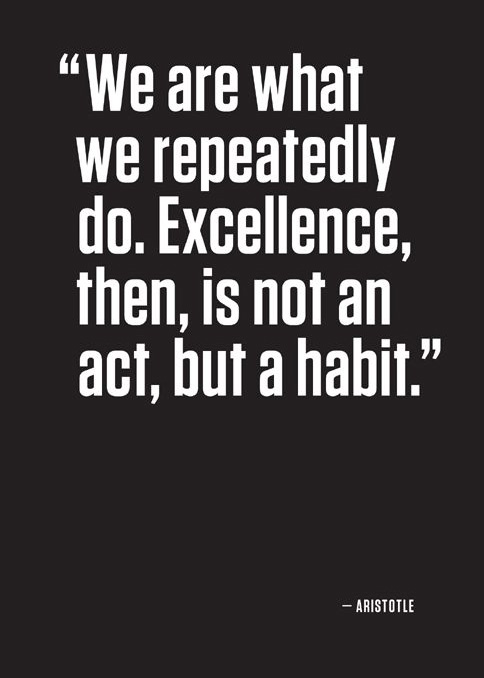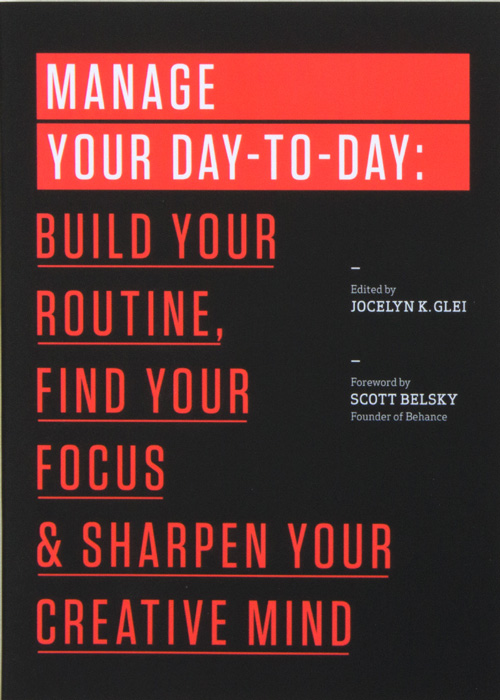- Crystal E. Tan,
- Thomas Kyriss,
- Stanton A. Glantz mai
Background
Spurred by the creation of potential modified risk tobacco products, the US Food and Drug Administration (FDA) commissioned the Institute of Medicine (IOM) to assess the science base for tobacco “harm reduction,” leading to the 2001 IOM report Clearing the Smoke. The objective of this study was to determine how the tobacco industry organized to try to influence the IOM committee that prepared the report.
Methods and Findings
We analyzed previously secret tobacco industry documents in the University of California, San Francisco Legacy Tobacco Documents Library, and IOM public access files. (A limitation of this method includes the fact that the tobacco companies have withheld some possibly relevant documents.) Tobacco companies considered the IOM report to have high-stakes regulatory implications. They developed and implemented strategies with consulting and legal firms to access the IOM proceedings. When the IOM study staff invited the companies to provide information on exposure and disease markers, clinical trial design for safety and efficacy, and implications for initiation and cessation, tobacco company lawyers, consultants, and in-house regulatory staff shaped presentations from company scientists. Although the available evidence does not permit drawing cause-and-effect conclusions, and the IOM may have come to the same conclusions without the influence of the tobacco industry, the companies were pleased with the final report, particularly the recommendations for a tiered claims system (with separate tiers for exposure and risk, which they believed would ease the process of qualifying for a claim) and license to sell products comparable to existing conventional cigarettes (“substantial equivalence”) without prior regulatory approval. Some principles from the IOM report, including elements of the substantial equivalence recommendation, appear in the 2009 Family Smoking Prevention and Tobacco Control Act.
Conclusions
Tobacco companies strategically interacted with the IOM to win several favored scientific and regulatory recommendations.
Please see later in the article for the Editors' Summary
Editors' Summary
Background
Up to half of tobacco users will die of cancer, lung disease, heart disease, stroke, or another tobacco-related disease. Cigarettes and other tobacco products cause disease because they expose their users to nicotine and numerous other toxic chemicals. Tobacco companies have been working to develop a “safe” cigarette for more than half a century. Initially, their attention focused on cigarettes that produced lower tar and nicotine yields in machine-smoking tests. These products were perceived as “safer” products by the public and scientists for many years, but it is now known that the use of low-yield cigarettes can actually expose smokers to higher levels of toxins than standard cigarettes. More recently, the tobacco companies have developed other products (for example, products that heat aerosols of nicotine, rather than burning the tobacco) that claim to reduce harm and the risk of tobacco-related disease, but they can only market these modified risk tobacco products in the US after obtaining Food and Drug Administration (FDA) approval. In 1999, the FDA commissioned the US Institute of Medicine (IOM, an influential source of independent expert advice on medical issues) to assess the science base for tobacco “harm reduction.” In 2001, the IOM published its report Clearing the Smoke: Assessing the Science Base for Tobacco Harm and Reduction, which, although controversial, set the tone for the development and regulation of tobacco products in the US, particularly those claiming to be less dangerous, in subsequent years.
Why Was This Study Done?
Tobacco companies have a long history of working to shape scientific discussions and agendas. For example, they have produced research results designed to “create controversy” about the dangers of smoking and secondhand smoke. In this study, the researchers investigate how tobacco companies organized to try to influence the IOM committee that prepared the Clearing the Smoke report on modified risk tobacco products by analyzing tobacco industry and IOM documents.
What Did the Researchers Do and Find?
The researchers searched the Legacy Tobacco Documents Library (a collection of internal tobacco industry documents released as a result of US litigation cases) for documents outlining how tobacco companies tried to influence the IOM Committee to Assess the Science Base for Tobacco Harm Reduction and created a timeline of events from the 1,000 or so documents they retrieved. They confirmed and supplemented this timeline using information in 80 files that detailed written interactions between the tobacco companies and the IOM committee, which they obtained through a public records access request. Analysis of these documents indicates that the tobacco companies considered the IOM report to have important regulatory implications, that they developed and implemented strategies with consulting and legal firms to access the IOM proceedings, and that tobacco company lawyers, consultants, and regulatory staff shaped presentations to the IOM committee by company scientists on various aspects of tobacco harm reduction products. The analysis also shows that tobacco companies were pleased with the final report, particularly its recommendation that tobacco products can be marketed with exposure or risk reduction claims provided the products substantially reduce exposure and provided the behavioral and health consequences of these products are determined in post-marketing surveillance and epidemiological studies (“tiered testing”) and its recommendation that, provided no claim of reduced exposure or risk is made, new products comparable to existing conventional cigarettes (“substantial equivalence”) can be marketed without prior regulatory approval.
What Do These Findings Mean?
These findings suggest that tobacco companies used their legal and regulatory staff to access the IOM committee that advised the FDA on modified risk tobacco products and that they used this access to deliver specific, carefully formulated messages designed to serve their business interests. Although these findings provide no evidence that the efforts of tobacco companies influenced the IOM committee in any way, they show that the companies were satisfied with the final IOM report and its recommendations, some of which have policy implications that continue to reverberate today. The researchers therefore call for the FDA and other regulatory bodies to remember that they are dealing with companies with a long history of intentionally misleading the public when assessing the information presented by tobacco companies as part of the regulatory process and to actively protect their public-health policies from the commercial interests of the tobacco industry.
Additional Information
- This study is further discussed in a PLOS Medicine Perspective by Thomas Novotny
- The World Health Organization provides information about the dangers of tobacco (in several languages); for information about the tobacco industry's influence on policy, see the 2009 World Health Organization report Tobacco interference with tobacco control
- A PLOS Medicine Research Article by Heide Weishaar and colleagues describes tobacco company efforts to undermine the Framework Convention on Tobacco Control, an international instrument for tobacco control
- Wikipedia has a page on tobacco harm reduction (note: Wikipedia is a free online encyclopedia that anyone can edit; available in several languages)
- The IOM report Clearing the Smoke: Assessing the Science Base for Tobacco Harm Reduction is available to read online
- The Legacy Tobacco Documents Library is a public, searchable database of tobacco company internal documents detailing their advertising, manufacturing, marketing, sales, and scientific activities
- The University of California, San Francisco Center for Tobacco Control Research and Education is the focal point for University of California, San Francisco (UCSF) scientists in disciplines ranging from the molecular biology of nicotine addiction through political science who combine their efforts to eradicate the use of tobacco and tobacco-induced cancer and other diseases worldwide
- SmokeFree, a website provided by the UK National Health Service, offers advice on quitting smoking and includes personal stories from people who have stopped smoking
- Smokefree.gov, from the US National Cancer Institute, offers online tools and resources to help people quit smoking
Citation: Tan CE, Kyriss T, Glantz SA (2013) Tobacco Company Efforts to Influence the Food and Drug Administration-Commissioned Institute of Medicine Report Clearing the Smoke: An Analysis of Documents Released through Litigation. PLoS Med 10(5): e1001450. doi:10.1371/journal.pmed.1001450
Academic Editor: Thomas E. Novotny, San Diego State University, United States of America
Received: August 8, 2012; Accepted: April 8, 2013; Published: May 28, 2013
Copyright: © 2013 Tan et al. This is an open-access article distributed under the terms of the Creative Commons Attribution License, which permits unrestricted use, distribution, and reproduction in any medium, provided the original author and source are credited.
Funding: This work was supported by National Cancer Institute grant CA-087472. The funders had no role in study design, data collection and analysis, decision to publish, or preparation of the manuscript.
Competing interests: The authors have declared that no competing interests exist.
Abbreviations: A&P, Arnold & Porter; B&W, Brown & Williamson; FDA, US Food and Drug Administration; FCTC, WHO Framework Convention on Tobacco Control; FSPTCA, Family Smoking Prevention and Tobacco Control Act; INBIFO, Institut für Biologische Forschung; IOM, Institute of Medicine; LSRO, Life Sciences Research Office; LTDL, UCSF Legacy Tobacco Documents Library; MBS, Multinational Business Services, Inc; NAE, National Academy of Engineering; NAS, National Academy of Sciences; NRC, National Research Council; PARO, Public Access Records Office; PM, Philip Morris; PMERP, PM External Research Program; PREP, potential reduced exposure product; RICO, Racketeer Influenced and Corrupt Organizations; RJR, R.J. Reynolds Tobacco; WHO, World Health Organization; WRA, Philip Morris Worldwide Regulatory Affairs division; WSA, Philip Morris Worldwide Scientific Affairs division/.../
..........................
The FDA's deliberative process on tobacco product regulation, including that of its Tobacco Products Scientific Advisory Committee, need not incorporate the input of the tobacco industry, its experts, or in particular, its lawyers. The industry can certainly provide its commentary in this government regulatory process, and it has all the resources it needs to do so. However, it should never be treated as a stakeholder because it is unlikely that the industry will ever be part of the solution to the public health challenge of tobacco use./.../
The FDA's deliberative process on tobacco product regulation, including that of its Tobacco Products Scientific Advisory Committee, need not incorporate the input of the tobacco industry, its experts, or in particular, its lawyers. The industry can certainly provide its commentary in this government regulatory process, and it has all the resources it needs to do so. However, it should never be treated as a stakeholder because it is unlikely that the industry will ever be part of the solution to the public health challenge of tobacco use.
















.jpg)

